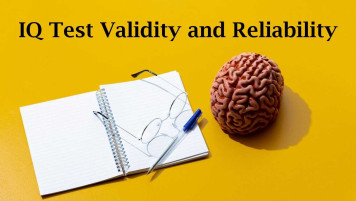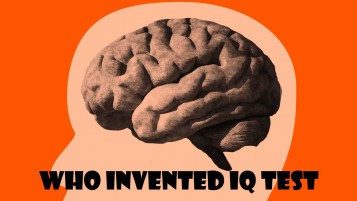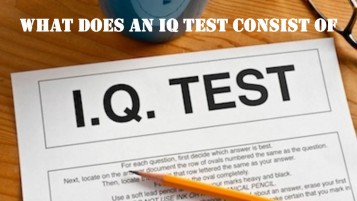For more than a century, IQ tests have been used worldwide to classify students, guide special-education placement, and even influence healthcare access. Yet, as highlighted by van Hoogdalem and Bosman (2023), the validity (whether a test truly measures what it claims) and reliability (how consistently it measures) of IQ testing remain hotly debated. This article explores what those terms really mean, why they matter for education and psychology, and why experts question whether IQ tests can ever capture an individual’s true intellectual potential.

Alfred Binet, the inventor of the original intelligence test, did not envision IQ as a specific measure of innate intelligence. He hoped it would be used as a diagnosis tool to determine learning needs- not as a life-long tag.
The number does not matter, Binet cautioned. Intelligence is not a one-dimensional measurable attribute such as height.
However, scientists have never reached a unified definition of intelligence. There are advocates of a general factor g (Spearman, 1904), and there are also those who believe in more than one ability such as fluid and crystallized intelligence, e.g., Cattell and Horn.
Van Hoogdalem and Bosman (2023) purport that since g is not a proven biological phenomenon, but rather a statistical construct, it cannot be assumed that it is valid. That is, we cannot yet affirm with certainty that IQ tests are actually assessments of a real and unitary mental faculty, and not configurations of test-taking behaviours.
According to Borsboom et al. (2004), a test is valid only if the measured attribute actually exists, and variations in that attribute cause differences in test results.
But researchers have never agreed on a single definition of intelligence. Some argue for a general factor g (Spearman, 1904), while others, like Cattell and Horn, emphasize multiple abilities such as fluid and crystallized intelligence.
Van Hoogdalem and Bosman (2023) argue that because “g” is a statistical construct, not a proven biological entity, validity cannot be assumed. In other words, we still cannot confirm that IQ tests measure a real, unitary mental faculty rather than a pattern of test-taking behaviors.
Cultural bias is another aspect of the validity problem. Even non-verbal IQ tests such as the Raven Progressive Matrices are a result of the cultural and linguistic presumptions of their producers.
All outcomes depend on socioeconomic status, language exposure, parental expectations, and familiarity with the test as discussed by Richardson (2002) and Weiss and Saklofske (2020). Other students, especially the middle-class, tend to perform better due to the reflection of their schooling and home environments in the test structures.
Therefore IQ might be a measure of preparation and privilege rather than innate reasoning capacity.
If IQ is a single construct, different tests should yield similar scores. Yet, research shows large discrepancies.
Studies by Habets et al. (2015) and van Toorn & Bon (2011) found score differences of 10–20 points across instruments such as the WAIS-III, KAIT, and RAVEN—even when taken by the same person. Such variability challenges the idea that IQ tests measure a stable, objective trait.
As Kaufman (2009) noted, “A child could be classified as average, high-average, or superior depending on which test she was given.” These inconsistencies have real-world consequences for access to gifted programs or special education services.
Reliability deals with consistency – if you re-take a test, can you score approximately the same?
Reliability is affected, in practice, by contextual and human variables:
Minor changes in situations can change outcomes. According to Koegel et al. (1997), children with autism scored much higher when they were tested in comfortable conditions in an individualized setups than when they were tested in a standard set up.
In addition, the human cognition varies on a day-to-day basis. Schmiedek et al. (2020) found that the variability of IQ scores over time generally outperforms inter-person variance, which argues that the individual IQ score should not be trusted to be a stable ability of the person.
The majority of reliability/validity investigations/research are carried out using group data, whereas IQ determinations are made on a person-to-person basis.
Loretan et al. (2019) and Molenaar (2013) posit that moving the group statistics to individuals is a mistake, because it disregards the principle of ergodicity, which is that group means are equal to the means of single individuals. The human mind is too flowing to simplify. Individual interpretations of IQ, therefore, can be unsound statistically.
IQ testing remains influential, but its limitations are increasingly clear. As Ian Hacking (2007) observed, humans are “moving targets” our understanding of ourselves changes as we are studied. If intelligence is dynamic, contextual, and multidimensional, then a single number cannot define it. Future assessments must balance psychometrics with humanity, measuring not just what people know but how they learn, adapt, and grow.
References





